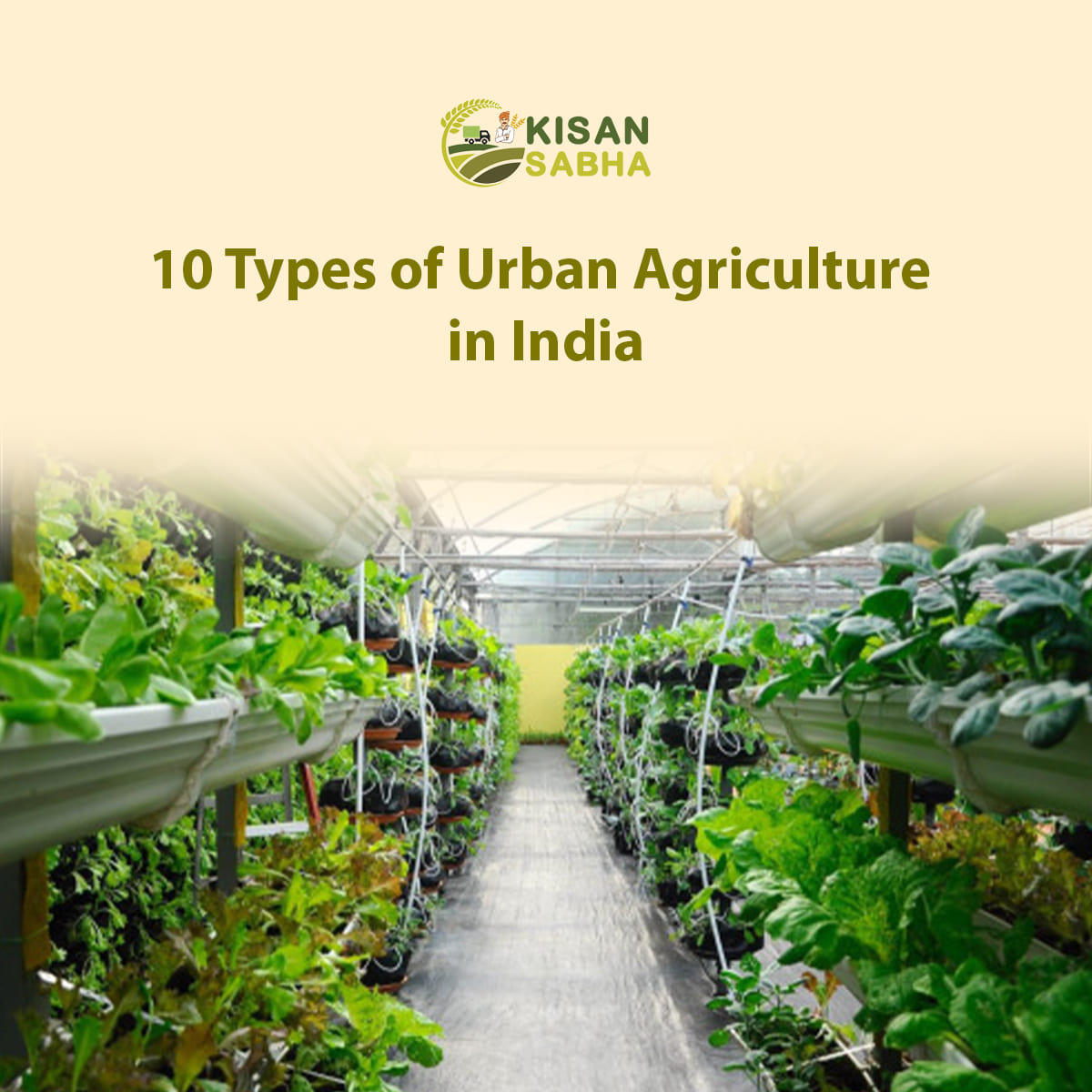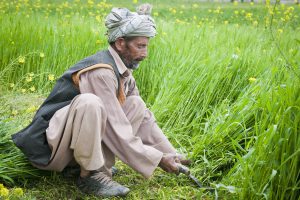Growing plants and raising animals primarily for food and for domestic purposes within a city or town and its surrounding areas is commonly referred to as urban agriculture. It also includes farming product production, processing, marketing, and delivery. A variety of production systems are used in urban agriculture. They range from domestic production and processing at the home level to large-scale agriculture. This is normally done on the outskirts of the city.
Urban agriculture has enormous potential for meeting fundamental human requirements; it not only produces food but also ensures a sustainable distribution and production system, resulting in job opportunities and consistent income for individuals. It also assists countries in environmental conservation and saves foreign currency and transit costs.
10 Types of Urban Agriculture
Backyard Gardens
This is the cultivation of food on one’s own property. Its product normally circulates among neighbors, friends, and family because it typically leads to a crop surplus. Additionally, food may be preserved and stored. Backyard gardens are advantageous to communities since neighbors can share one other’s backyards and use varied farming methods, resulting in higher returns.
Tactical Gardens
This entails making use of the limited space available to practice agriculture without incurring large costs. For example, a city person could easily create a keyhole garden to conceal a parking place in the street. This generates an activity that is for enjoyment or to increase food production, using land that would otherwise be a waste.
Street Landscaping
This is the beautification of streets for various purposes, such as community gardens by residents. They not only beautify the streets but also purify the air, resulting in a clean environment. They add the benefit of minimizing urban stormwater runoff because they are primarily along the street.
Forest Gardening
It refers to the practice of growing gardens amid an urban forest. Forest gardening is accomplished by growing various crops, vegetables, and fruits in urban areas. Forests typically generate an environment that is favorable for agricultural production; as a result, they aid in forest protection and can make deforestation a nonfactor in urban environments. Forest gardening can also be part of afforestation activities, which encourage the planting of trees in urban areas as a step towards combating global warming.
Also Read:- How Natural Farming Can Change Agriculture for the Better?
Greenhouses
It entails the practice of agriculture in greenhouses in residential, commercial, and community urban environments. Depending on the crops planted, they require a significant amount of area to set up. Because greenhouses offer a controlled environment where crops may left to certain growth conditions, farmers can cultivate crops all year round.
Rooftop Gardens
Because metropolitan regions have limited space, agriculture can still be practiced. The rooftop area is ideal for growing vegetables, fruits, and herbs. The benefit of rooftop gardens is that they can help to reduce urban heat islands and improve air quality. Furthermore, rooftop gardens are an excellent way to beautify recreational spaces.
Green Walls
A green wall is a wall that has food crops or other flora growing on it, either inside or outside. It takes up less space because the mechanism utilized helps to deliver appropriate water to the food and it makes use of soil found on the walls. It is an effective means of minimizing stormwater runoff.
Vertical Farms
To lessen the imprint of agricultural land, this might mean cultivating vertically. One technique for vertical farms is the use of green walls, which take up very little room and are set on the sides of vertical walls.
Animal Husbandry
This is the practice of raising animals for food in urban areas. An urban inhabitant can select a place ideal for keeping several sorts of animals or focus on specialized animals such as poultry, goats, rabbits, or sheep. Some cities restrict the number and type of animals that can be kept.
Urban Beekeeping
This is a possibility, but it is subject to several limits and rules imposed by the local government, depending on the location and city. In other words, beekeeping requirements may differ from city to city. However, if practiced, it offers numerous environmental benefits. Bees are beneficial to the ecology because they not only generate honey but also act as pollinators and encourage biodiversity.
Aquaponics
This comprises breeding aquatic creatures such as fish in urban locations. It entails capturing runoff from within the city and then establishing a self-sustaining recirculating system in tanks or artificial fish ponds. It is an efficient method of crop production as well as a protein source.
The Influence of Urban Agriculture
Urban gardening has recently come into notice not only for food security but also to engage people’s general emotions and social well-being by planting plants at home and work and reducing stress levels.
Although it may appear absurd, urban gardening causes people to become more physically active and to do a lot more to maintain a garden, such as ploughing the soil or digging holes.
In certain circumstances, urban farming in India occurs in a shared location, such as a terrace, where each person is assigned a specific area to plant their plants. Simply placing a plant on a windowsill or balcony is a good place to start.
Conclusion
Urban agriculture has become a vital part of modern city life offering diverse food and connecting with nature in urban spaces. From backyard gardens to modern solutions like vertical farms, aquaponics, etc. These methods help create sustainable cities while providing fresh food. As cities grow urban agriculture not only supports sustainable practices but also supports food security.




